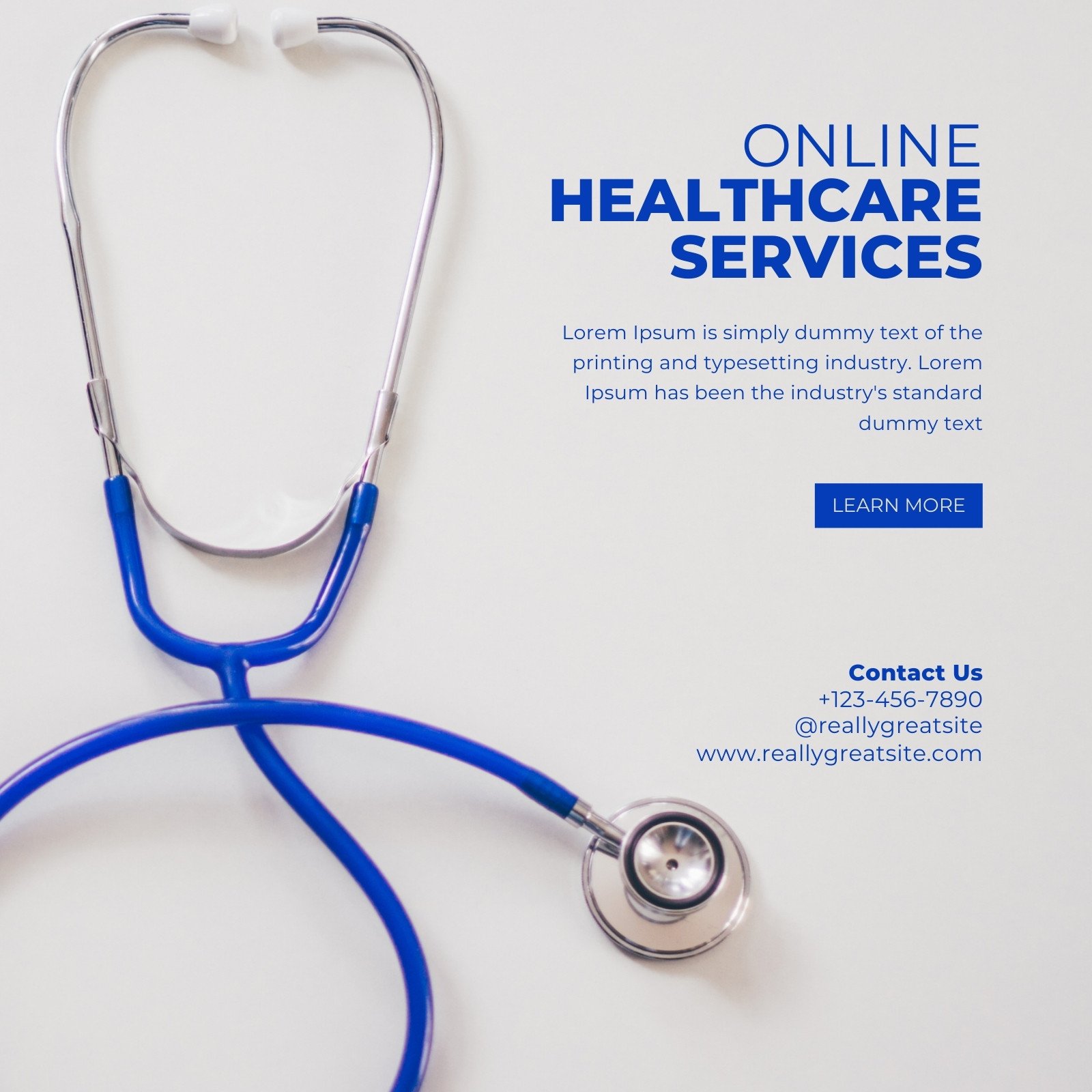Recognizing the Cost-Effectiveness of Subscription-Based Medical Care Versions
As the health care landscape progresses, subscription-based designs become an engaging option, assuring to redefine just how individuals take care of medical costs. Evaluating these designs' cost-effectiveness demands a nuanced contrast with conventional insurance policy, thinking about both monetary effects and patient fulfillment. While they supply transparency and predictability in costs, concerns stay concerning their ability to meet diverse health care requirements, specifically for specialized therapies. The viewpoints of healthcare companies better complicate this formula, presenting a multifaceted obstacle. What does the future hold for these versions, and can they really supply on their guarantee of accessible, budget friendly care?
Summary of Subscription-Based Models
Subscription-based medical care versions, often referred to as direct primary care or attendant medication, are progressively acquiring attention as a possible remedy to inadequacies within conventional healthcare systems. These versions operate the principle of offering people straight access to doctor with a monthly or yearly charge, bypassing the need for traditional insurance policy systems. This setup aims to streamline patient-provider communications by decreasing management problems, which frequently prevent timely and personalized treatment.
At the core of subscription-based models is the focus on a more tailored client experience. Patients gain from boosted access to their medical professionals, typically consisting of same-day or next-day consultations, extended examination times, and direct communication networks such as phone or video telephone calls. This model promotes an aggressive method to medical care, where clients and providers can collaboratively concentrate on preventative treatment and persistent illness monitoring.

Cost Comparison With Standard Insurance Policy

Among the key economic benefits of registration versions is openness in prices. People pay a foreseeable cost, which can streamline budgeting and monetary preparation. Furthermore, these designs usually get rid of co-pays and deductibles for covered services, decreasing out-of-pocket spending. Conversely, traditional insurance might be extra useful for people needing specialized care or expensive therapies not covered under a registration design, as they gain from the broader coverage network and cost-sharing devices.
Nonetheless, cost-effectiveness is context-dependent. While membership versions may offer cost savings for those primarily needing health care, people with persistent conditions or specialized medical care needs may locate conventional insurance policy much more thorough. Examining details healthcare demands and possible use is critical in determining here are the findings the most cost-effective alternative for people.
Impact on Individual Fulfillment
Client complete satisfaction within subscription-based healthcare models often mirrors a substantial enhancement over standard insurance coverage systems. Unlike conventional systems, where patients could experience hold-ups in getting care, subscription-based versions make sure more direct and prompt interactions with healthcare providers.
In addition, the transparency in costs related to subscription-based health care reduces the usual irritations connected to unanticipated charges and complex payment processes seen in typical insurance coverage (subscription based healthcare). Patients value knowing the precise financial dedication upfront, leading to raised count on and self-confidence in their health care monitoring
Furthermore, the focus on preventive treatment and health in membership versions adds to enhanced health results, better enhancing individual satisfaction. By concentrating on recurring health care instead of episodic care, individuals experience an even more holistic and constant health care trip.
Furthermore, the enhanced provider-patient connection cultivated in these models, defined by even more time invested per patient and tailored attention, plays an important duty in boosting her response patient complete satisfaction degrees, as people really feel genuinely cared for and comprehended.
copyright Experiences and perspectives
From the service provider's perspective, subscription-based health care designs supply a transformative strategy to supplying clinical services. These models emphasize a proactive and preventative healthcare technique, allowing service providers to focus on extensive client care without the constraints of traditional fee-for-service arrangements (subscription based healthcare). This change in emphasis commonly leads to enhanced client outcomes and increased service provider satisfaction, as health care experts can assign more time and sources to individual engagement and personalized care strategies
In addition, membership designs facilitate foreseeable profits streams, which improve financial security for doctor. This predictability permits improved source planning and allocation, adding to a much more efficient medical care shipment system. Providers can purchase personnel framework, technology, and training renovations, thus boosting the quality of treatment offered.
However, the shift to subscription-based designs is not without obstacles. Regardless of these hurdles, many companies locate that the advantages of raised patient interaction and streamlined operations outweigh the initial challenges, making subscription-based designs an appealing choice.
Future Potential Customers and Obstacles

A key difficulty is regulatory conformity, as registration designs must stick to progressing healthcare plans and insurance coverage requirements. This demands constant adaptation and technology to make sure alignment with lawful standards. In addition, integrating these versions into existing medical care frameworks can be complicated, requiring substantial financial investments in modern technology and training.
There is additionally the potential danger of developing inequities in healthcare accessibility, as registration designs could prefer those who can afford them, leaving susceptible populations underserved. Resolving this calls for thoughtful consideration of pricing techniques and subsidy you could try here devices to guarantee inclusivity.
Verdict
Subscription-based medical care designs provide a sensible option to traditional insurance policy by supplying economic predictability and transparency, specifically profiting individuals with chronic problems or regular healthcare needs. The cost-effectiveness of these designs is contingent upon private health care use patterns and circumstances. While they might boost person satisfaction and simplify budgeting, difficulties continue to be in resolving specialized care demands. Future factors to consider include stabilizing extensive coverage with affordability and integrating these designs within the wider healthcare system for optimal end results.
Subscription-based medical care designs, in some cases referred to as straight main care or concierge medicine, are significantly getting attention as a potential solution to inefficiencies within typical healthcare systems. Unlike typical systems, where patients may experience delays in receiving care, subscription-based models ensure even more prompt and straight interactions with healthcare carriers.
These models emphasize a preventative and proactive medical care approach, permitting suppliers to concentrate on comprehensive individual treatment without the restrictions of typical fee-for-service plans. As these versions continue to acquire traction, they offer the prospective to change person accessibility to care, streamline solution shipment, and optimize health care costs.Subscription-based health care models provide a sensible choice to standard insurance policy by using economic predictability and transparency, especially benefiting people with persistent conditions or constant healthcare needs.